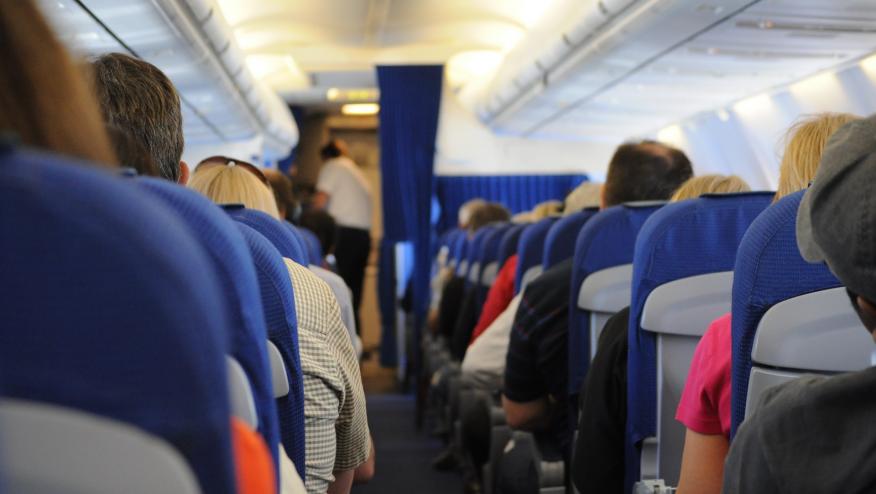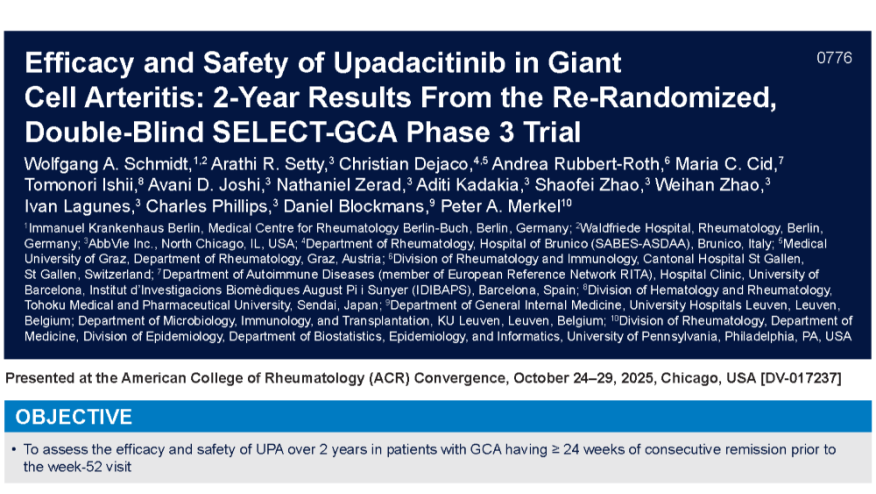Planes, Trains and COVID Distancing Save

MMWR reports the risk of acquiring an infection with SARS-CoV-2 is reduced 23% to 57% when the middle seat was vacant (compared with full aircraft occupancy).
Recent months have seen a surge in airline traffic; coupled with the removal of open seating policies, these large aircrafts will be seating passengers shoulder to shoulder for long periods. The question is, does this substantially increase the risk of COVID-19 transmission in flight?
Current CDC guidelines recommend against travel for persons who have not been vaccinated against COVID-19, and a January 2021 CDC order requires masking for all persons while on airplanes.
Research suggests seating proximity on aircraft is associated with increased risk for infection with SARS-CoV-2, but the magnitude of potential benefit of specific distancing strategies (e.g., keeping middle seats vacant) are limited.
A study by the CDC and Kansas State University (KSU) used bacteriophage MS2 virus as a surrogate for airborne SARS-CoV-2 transmission and compared with exposures in full occupancy scenarios. They found that using a vacant middle seat and subjects was in the same row and two seats away from the SARS-COV-2 source, there was a 23% reduction in exposure (compared to adjacent seating).
Using a different seating scenario (full 120-passenger cabin and a three-row section that contained a mix of SARS-CoV-2 sources), having an open middle seat, reduced the exposure by 57%.
Notably, these studies were done without masking and other COVID safety measures being employed. Also, it is important to recognize that the current study addresses only exposure and not transmission.









If you are a health practitioner, you may Login/Register to comment.
Due to the nature of these comment forums, only health practitioners are allowed to comment at this time.